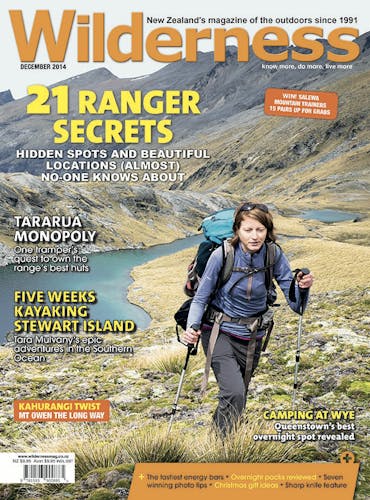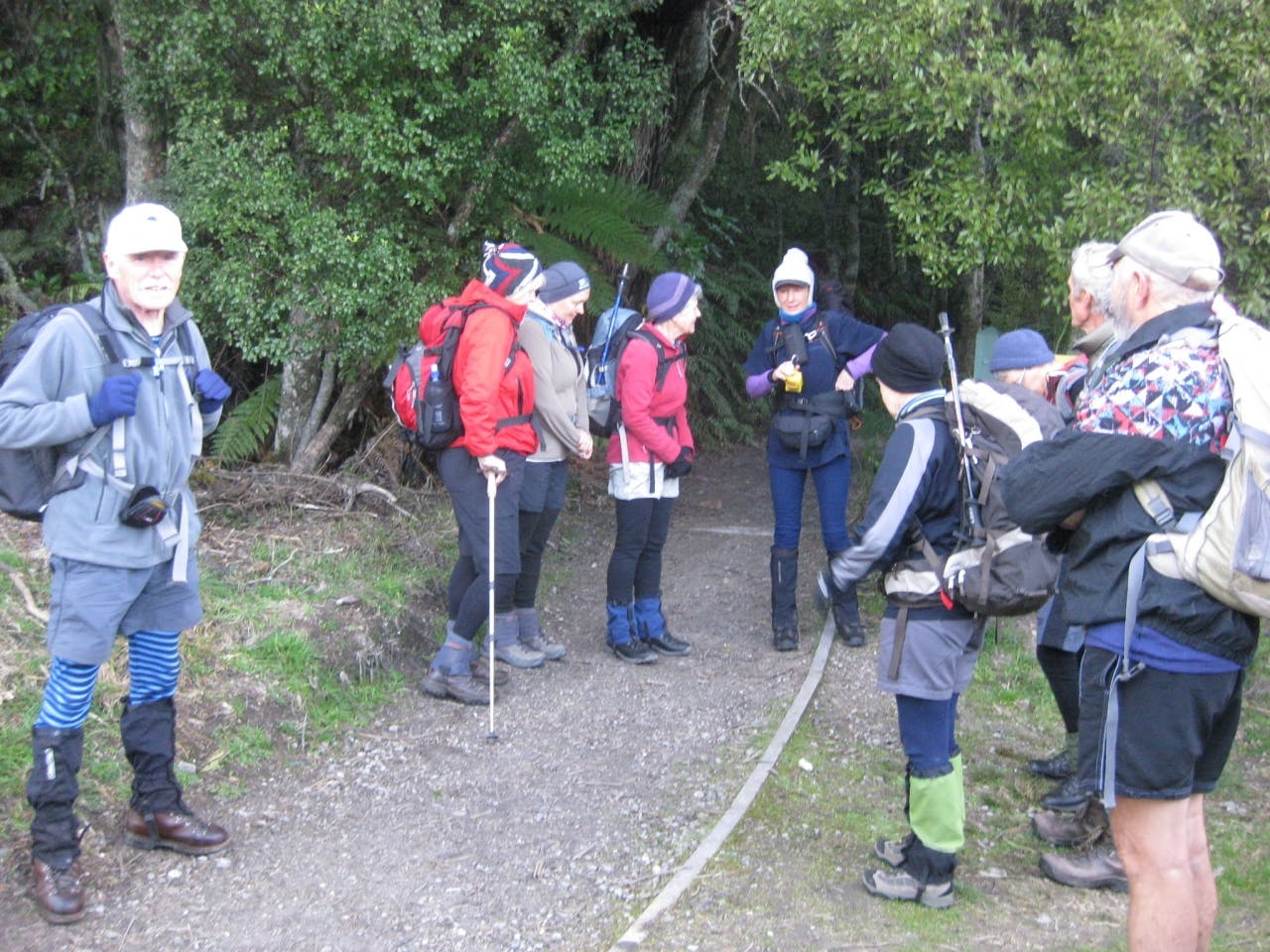Barbara Morris wonders whether trip leaders are really necessary
“I’m glad to be here, but I’ll be gladder when I’m not,” murmured one of my companions as we hauled ourselves out of the river in the half-dark and on to the track, still a long way from our vehicle.
What had sounded like an idyllic ramble down the Hinemaiaia River in the Kaimanawa Ranges had turned into an hours-long, energy-sapping obstacle course of logs and wind-throw on a river where the water level was not as low as we had expected. To make matters worse, we had lost three of our party who, on the leader’s instructions, had climbed out of the river into shoulder-high bush in an effort to find an elusive track.
With the aid of torches we stumbled through the bush, eventually making the road-end. The unlucky trio spent a cold night out, huddling together for warmth.
Our post-tramp discussion highlighted a few points where we could have done better.
We agreed that splitting the party was not a great idea – particularly as no real commitment had been made to reunite if the scouts didn’t find the track. Some of us admitted to feeling uneasy about this split, but had not voiced this at the time.
More information about the state of the river would have helped, so the higher water level and amount of flood debris might not have been such a surprise – possibly leading to a decision not to do the tramp. Instead, we happily put our faith in our leader, an experienced bushman, and it really didn’t occur to us that things might turn to custard.
All this led me to think about what we expect of leaders when we head outdoors, and does every tramping or walking group need to have someone in charge?
With informal online meet-up tramping groups or small groups of friends heading off into the bush, the role of a leader may be non-existent and the group works on the basis of self-responsibility or shared accountability.
In some ways, this is not bad: had we taken a little more responsibility to scrutinise our leader’s decisions and voiced our concerns about splitting the party, our mates might not have become lost. And leaders will often welcome support and input into the decision-making process as, however experienced, they are not immune to making a wrong judgement call when under pressure.
On the other hand, there are times when having a leader to take charge in a difficult situation is necessary. Otherwise, the result could be confusion and loss of valuable time.
There is likely to be a middle ground between the formal structure of tramping clubs with designated leaders – some well trained, others not so well versed in leadership skills – and a group of friends out for a tramp who feel no particular need for someone to be in charge.
It really comes down to what works best for your group. However, the outcome should be a safe return for all at the end of a good day out. This is usually achieved if the conditions and proposed route are checked and discussed with the group, the weather forecast is known, a map carried, and the group knows and takes into account the tramping ability of their mates.
Things can go wrong and tramping is not without risk, which is why many of us enjoy it. But if the worst happens, can the group honestly say they did everything possible to ensure a safe time for all? No one wants a report card from officialdom that says: Could have done better.
– Barbara Morris is a Taupo tramper and has served on the Federated Mountain Clubs executive and the Taupo Tongariro Conservation Board








